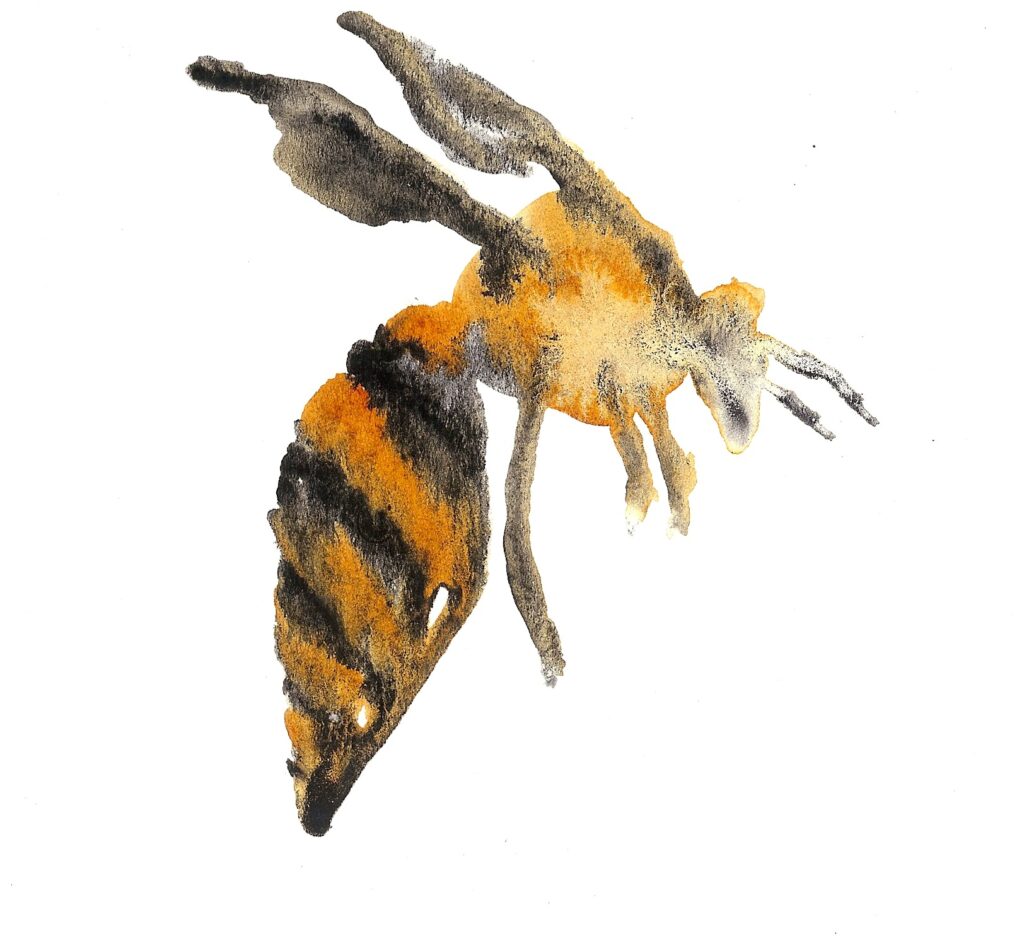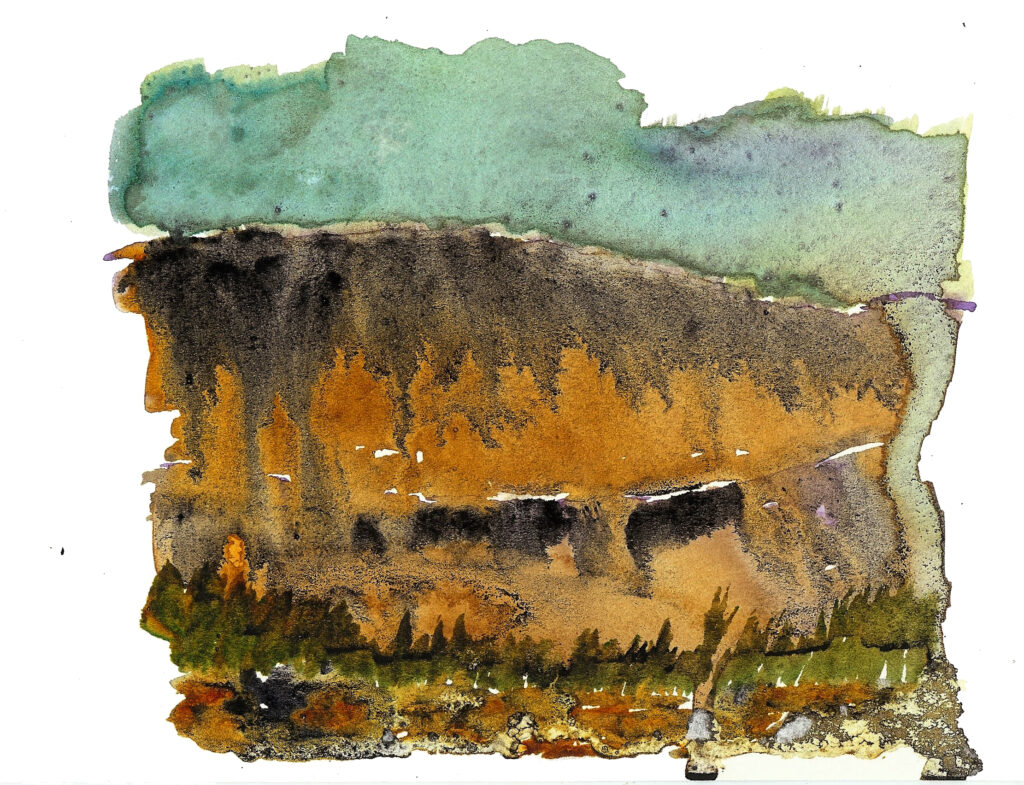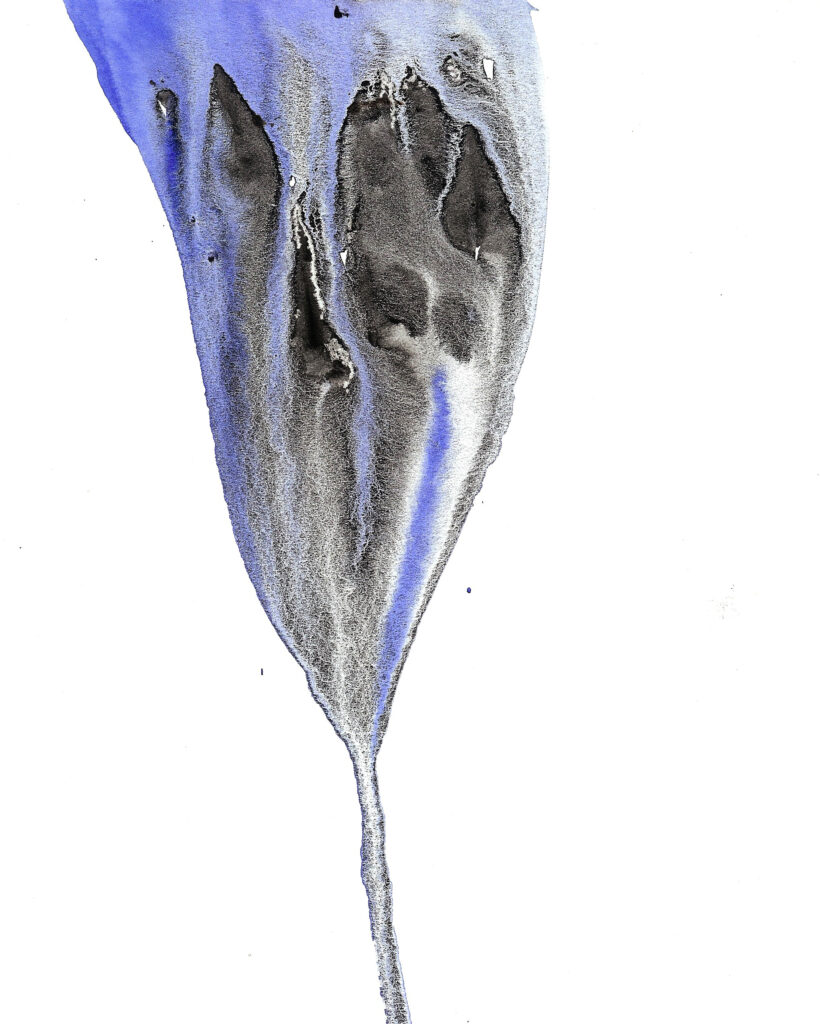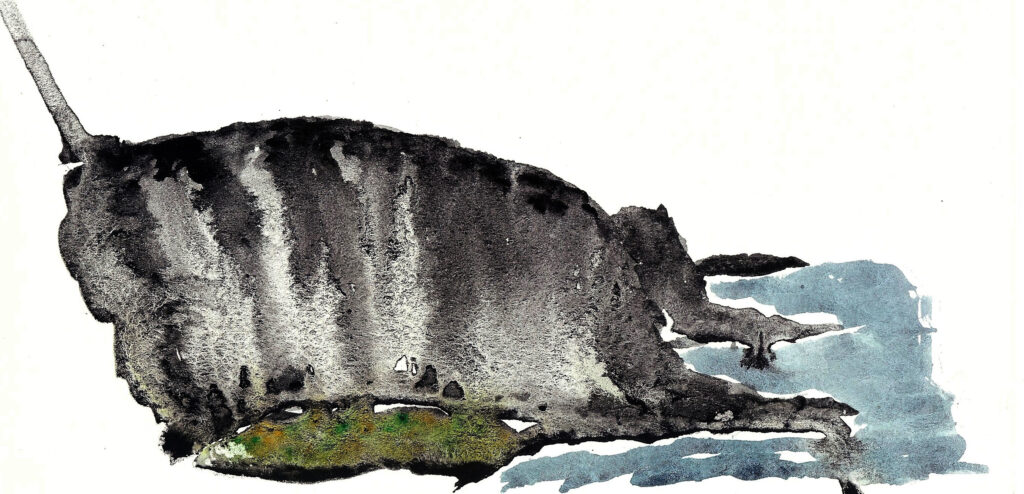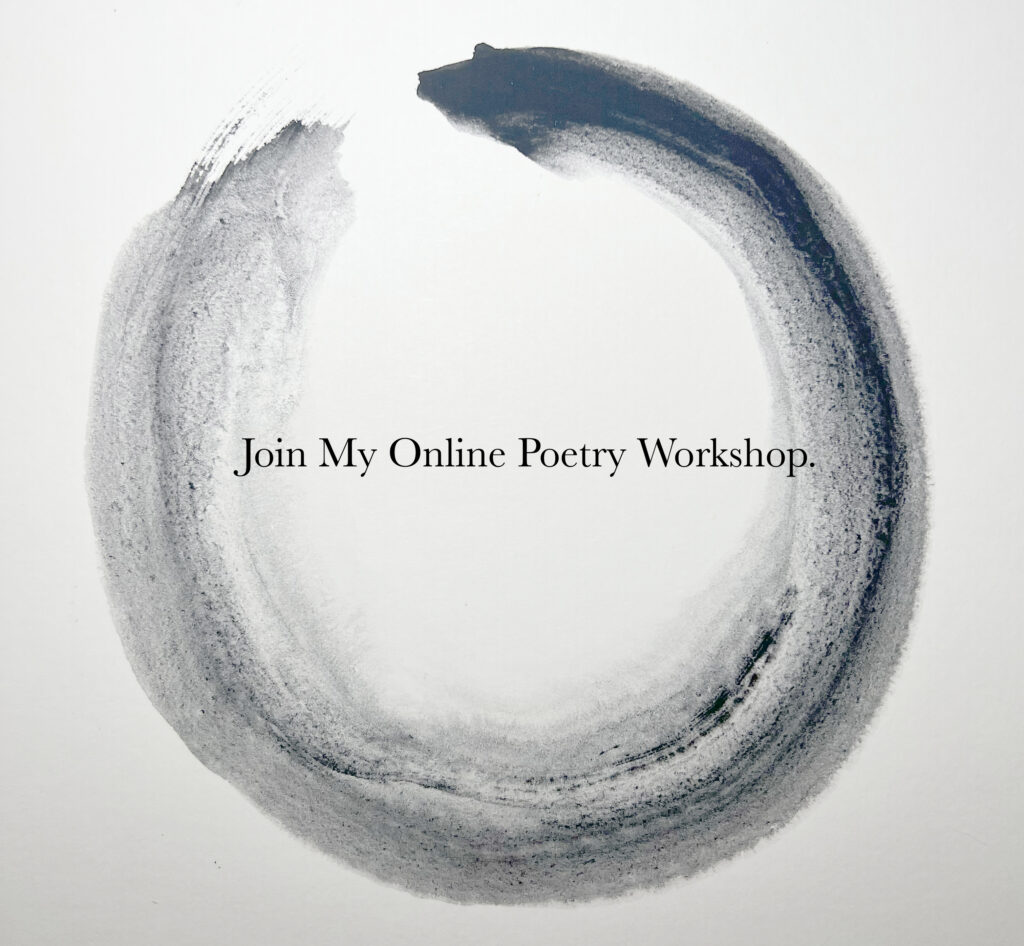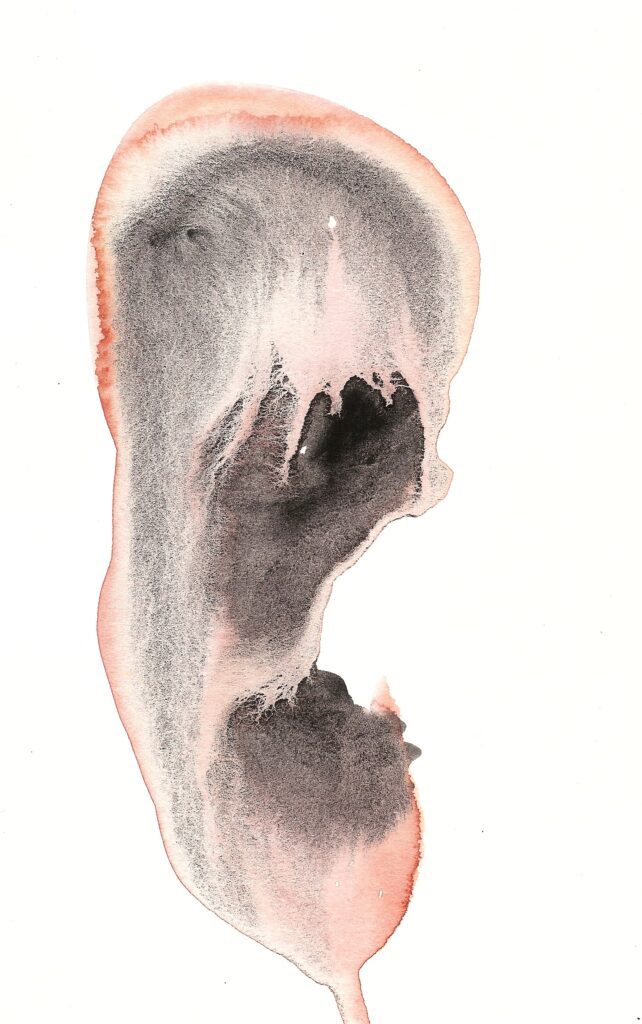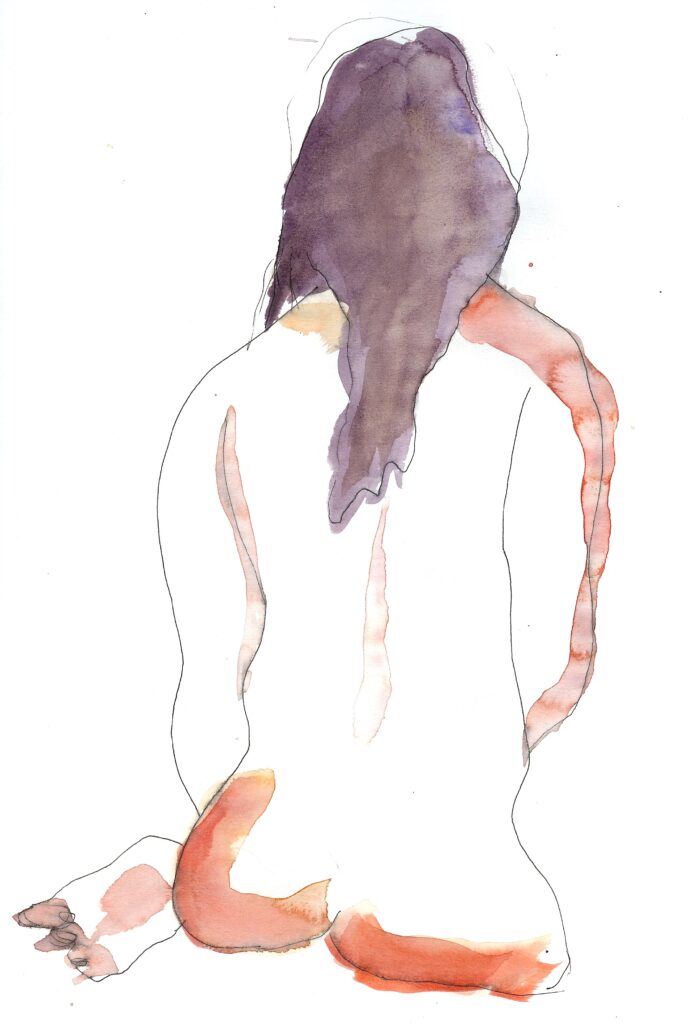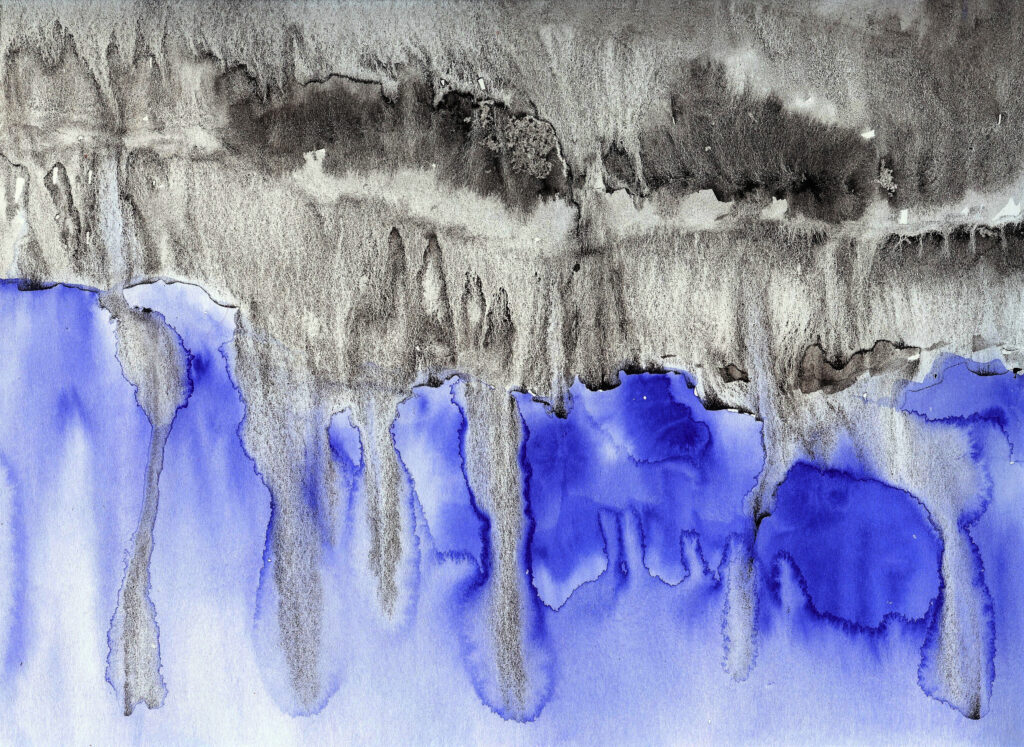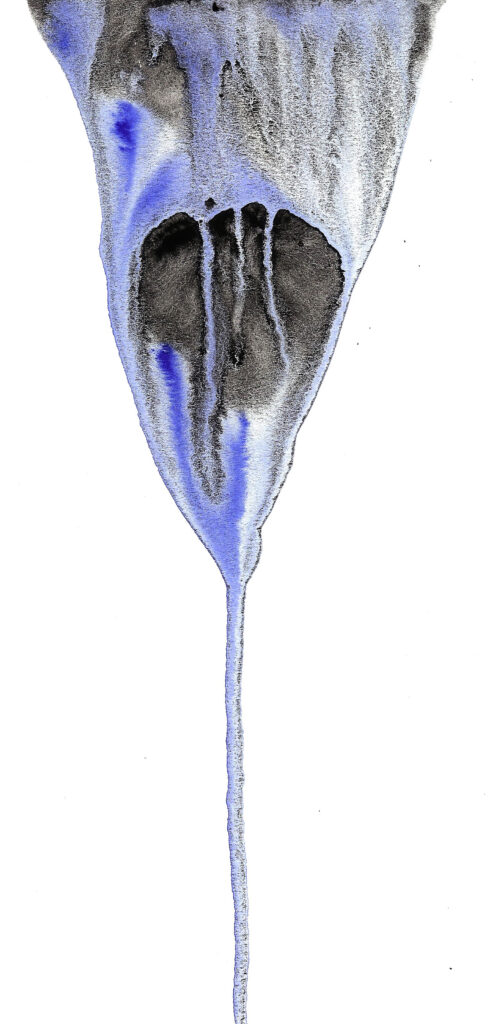Let me start here. Threa Almontaser’s The Wild Fox of Yemen, the 2020 Academy of American Poets First Book Award winner, ripped my first-book cynicism right out of my throat and left me open-mouthed, agog with awe. I’m a little skeptical of poets’ first books. Given the state of contemporary academic poetry, first books are improbable objects, plucked from obscurity often by an ever-changing army of poetry judges selected to judge the several dozen poetry contests run each year. These judges are more often than not offered only a selection of manuscripts by contest screeners. Poetry contests receive hundreds of manuscripts year after year. Only a fraction of these gets read by the judges themselves.
There’s just too much that can go wrong in the process. Take the Walt Whitman Award, for which Threa Almontaser was the 2020 selection and winner. First there’s the poet’s ability to afford entry into the contest itself, which costs $35 (though new guidelines at the Academy of American Poets make it possible for poets for whom the contest fee is a barrier to entry to write to the organization, I assume, to waive the entry fee—a much welcome development). Then, there’s the improbability of leaving the slush pile and making it to the judge’s table to begin with. Paid interns read these manuscripts (in my youth, the interns included some of my cohort studying poetry at Columbia’s School of the Arts). These pre-screeners often incorporate their own biases of what the judge will and won’t like when deciding whether to pass manuscripts to the judge. Yes, I’ve heard of judges who read the manuscripts they have been given and then ask to see more, but this is the exception, not the rule. The few manuscripts selected to be read must then somehow impress the judge, appeal to his or her aesthetic, and contain some spark the judge deems worthy of publication. The winners of these contests arrive in our hands as survivors of a process not unlike The Hunger Games. That so many first books arrive at publication sounding much like every other poetry book published in the last five years is not shocking in the least. Most first books of poetry are boring.
Selection by committee, as so many first poetry book contests are, seldom produces work that inspires, work that transcends. And yet, Threa Almontaser’s The Wild Fox of Yemen inspires and transcends. Its opening poem, “Hunting Girliness” is a transcendent and transgressive feminist yawp that left me utterly speechless. Let this be my letter of gratitude to Harryette Mullen, who shows a hawk-like editorial eye in plucking this book out of obscurity. The Wild Fox of Yemen is not a perfect book, but it brings forth a singular voice.
I’ll start with the first poem, which embodies everything marvelous about this collection. Like a series of dominoes, Almontaser topples every stereotype of Muslim femininity and cliché about femininity in general. She writes about beating up boys at the park, making “one my wife / in a white dress when we play marriage.” And this: “Tell me, / when I can stop barbing my headscarves” and “I learn to love / my body by playing dead.” The speaker’s mother tells her to “Stop being reckless” and her response is: “Truth is,/ I quit being cautious in third grade / when the towers fell &, later, wore / the city’s hatred as hijab.” And the poem continues, a feminist roar: “Loop training bras to ceiling fans. / Stay hairy. She pulls out her prayer mat, / enlists God to drag a sharp nail across / my jaw as I sleep, shaving my girl beard off.” Holy fucking shit, girl.
In another poem, Almontaser describes her youthful henna tattoos. She will “flaunt the henna hand” to the “ancestors” while she explains she wants the “kids / at school to see me tatted. I draw gang signs on arms / at lunch.”
We are perhaps entering a Muslim cultural renaissance in America, where the children of 9/11 are old enough to comment on the atrocity of growing up in a world fashioned by a national security administration based on racial and religious profiling. Almontaser’s book of poetry reminds me of other thrilling works of art by young Muslim millennials. For example, in the stunning television series “Ramy” we are given a glimpse into the life of Muslim youth in New Jersey in the wake of 9/11. Ramy, the title character, and his male friends, negotiate and code-switch between urban New Jersey’s masculinity, and Muslim identity which eschews the holy trinity of millennial masculinity: sex, alcohol, and atheism. When Ramy travels to Egypt, he imagines he’ll be able to encounter a more authentic Muslim youth. Instead, he attends parties where the kids are more American than the Muslims in America, less devout, and more interested in learning about Jersey than in showing Ramy around the Nile. In America, Ramy struggles with what it means to Muslim. His Egyptian counterparts wonder what it’s like to be American. Ramy’s sister, the female perspective in all this, predictably gets buried in the show, her perspective glimpsed only from time to time—but always depicted in terms of the double-standards she must endure. Ramy can leave the house at all hours, but her parents need to know where she is at every moment. Almontaser’s The Wild Fox of Yemen gives us a depiction of female Muslim identity, a thrilling and profound testament, and an important cultural artifact of American life.
I will have to sit and ponder Almontaser’s The Wild Fox of Yemen for some time, marveling at the many faceted jewels in this collection. This is not a book that can be read in a single sitting. It’s too complex, too multi-faceted, too stunning. I know there is much I missed in my first read-through.
The act of writing oneself involves hardening oneself into a kind of definition, to surrender a bit of one’s own anonymity and ambiguity. To be Muslim in America is also to be marked, to lose a bit of one’s anonymity and ambiguity by the forces of national security and by cultural bias. Almontaser understands that her poetry will define her, but she subverts easy definition. Almontaser is hyper-aware of the ways a body can be read (the hijab is a legible metaphor worn on the body). She is hyper-aware of the ways her poetry will redefine her and also fix her in its new parameters. She plays with these expectations and subverts them.
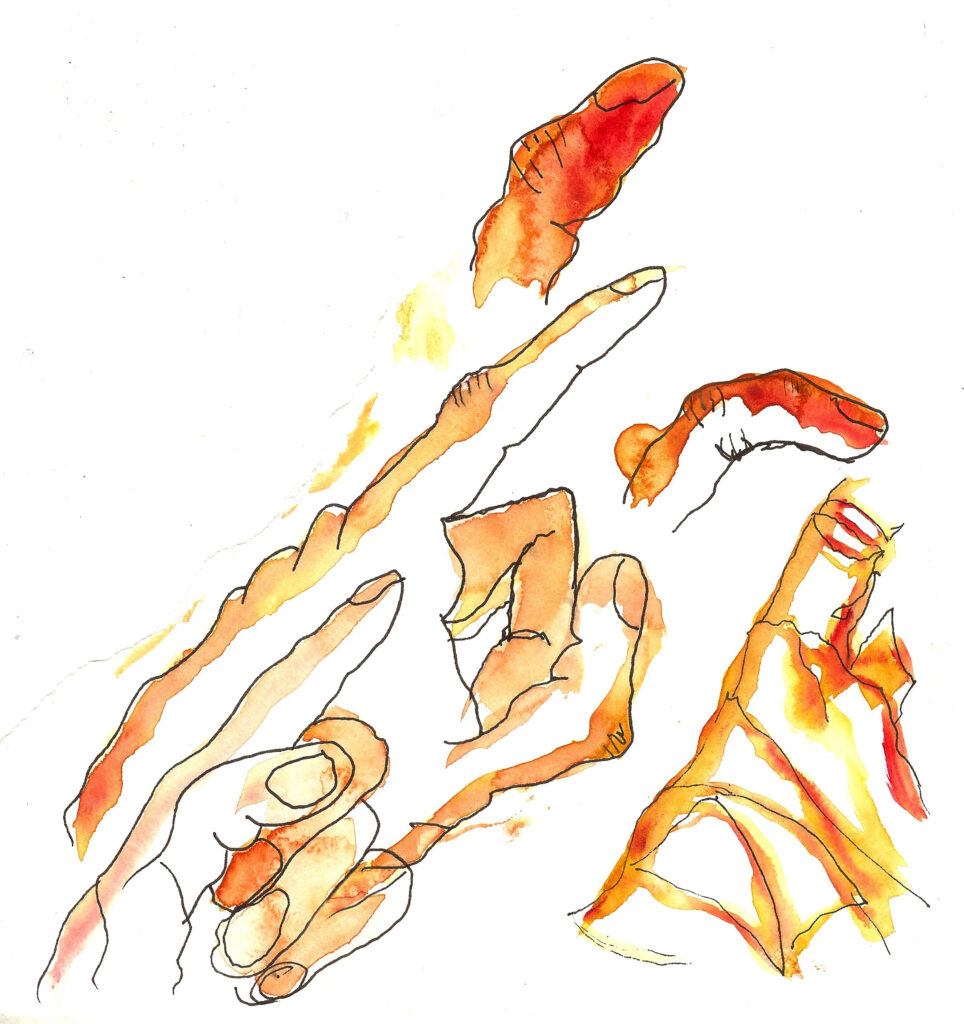
She writes about her hair, “Ode to my Gordian knots.” But her hair is not for viewing. One of the best poems in the book is “When White Boys Ask to See My Hair.” In another poem, Almontaser explains: “I believed in Shaytan before I believed in the Power Rangers.” But she also knows where the real devil lives in modern America: “It would be three stalls back in a woman’s highway restroom / where anything unspeakable can go down without a peep.” Later she saw “Shaytan at a red light in Apex, North Carolina:” a man pointing a gun at her through the car window in the Bible Belt.
Goodness, these poems are so good. Why did it take me 36 years to finally read a few good poems about female masturbation?
And yes, like any first book of poetry, there are poems that I’d probably edit, shorten, poems that splutter out in the end, unable to live up to the pure fury of their openings. “Muslim with Dog” could have ended just fine on the first page. The overtly political poems are among the weakest in the book. The careful tenebrism and polysemous explosions of meaning that Almontaser is capable of producing narrow to a fixed point in the more political pieces that ring a single, louder note. I don’t think the book is weaker for these political pieces, though. Almontaser earns them.
There are burst of light within some of them, like “The Ghaltan who pressed the launch button wishes / he were a blade of grass a beast eats / so that he is not accountable for anything.”
Almontaser is the winner of the Walt Whitman Award and like Walt Whitman, these poems are long-winded. Sometimes the length serves them. Sometimes not. I found myself often distracted mid-poem, much the way I found myself distracted while reading Whitman. Perhaps that’s the thrill: in their expansiveness, the poems draw the reader within and without their parameters.
This is a luminous and excellent first book of poetry, one of the best I’ve read this year.
About the Writer
Janice Greenwood is a writer, surfer, and poet. She holds an M.F.A. in poetry and creative writing from Columbia University.

